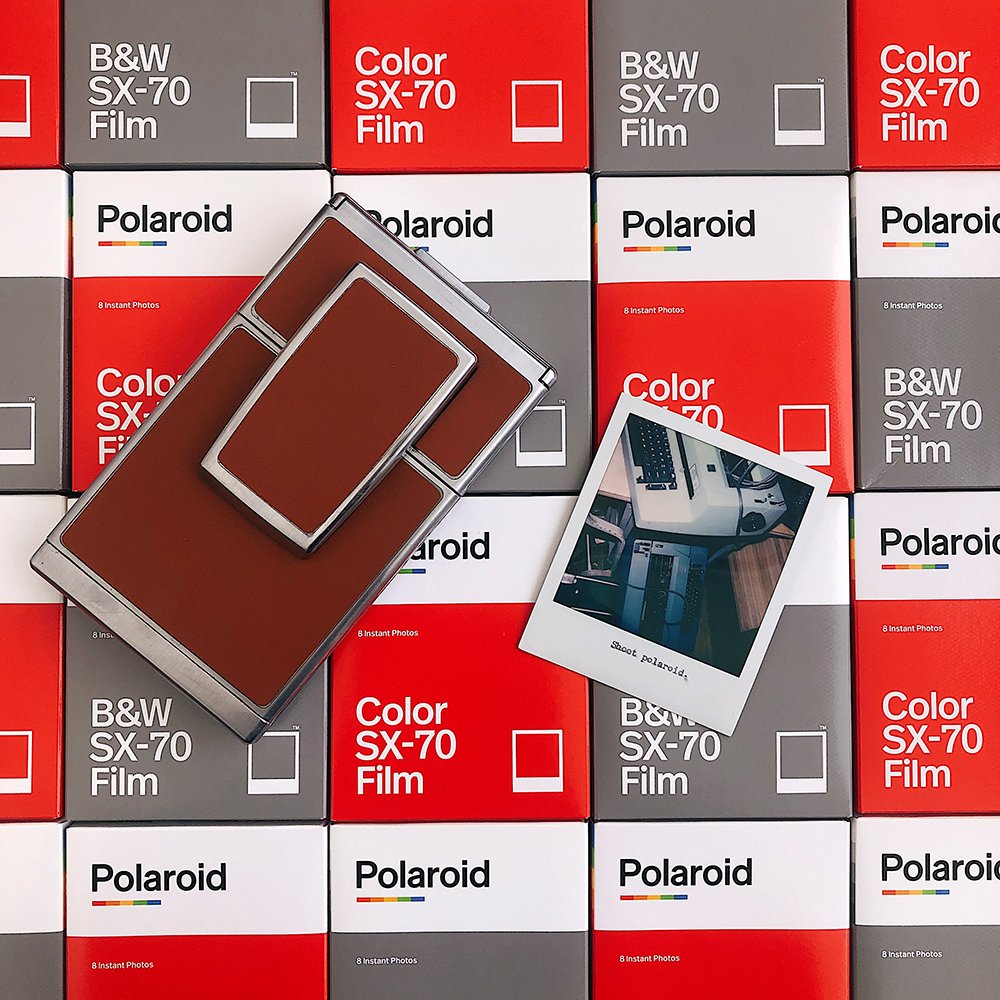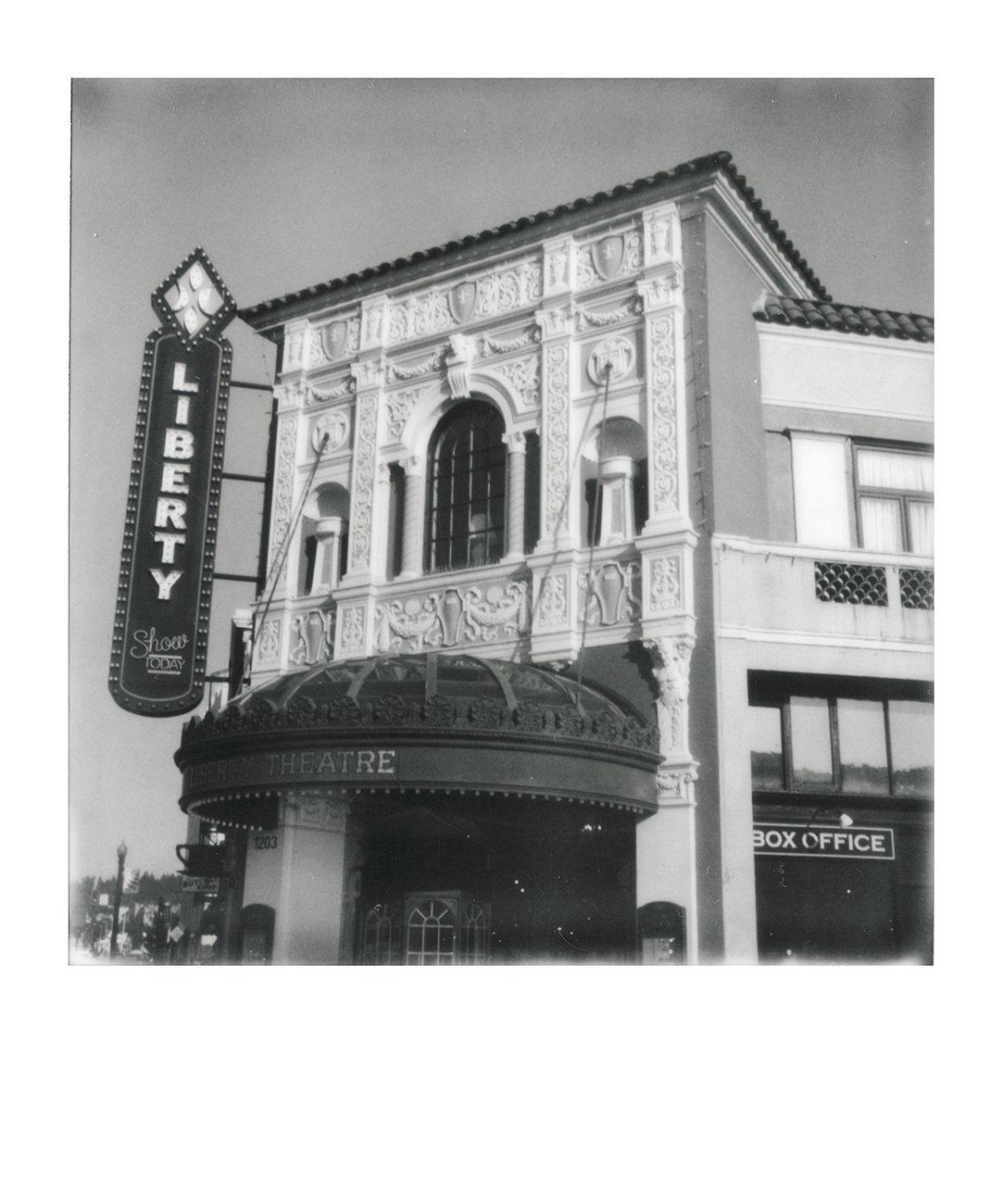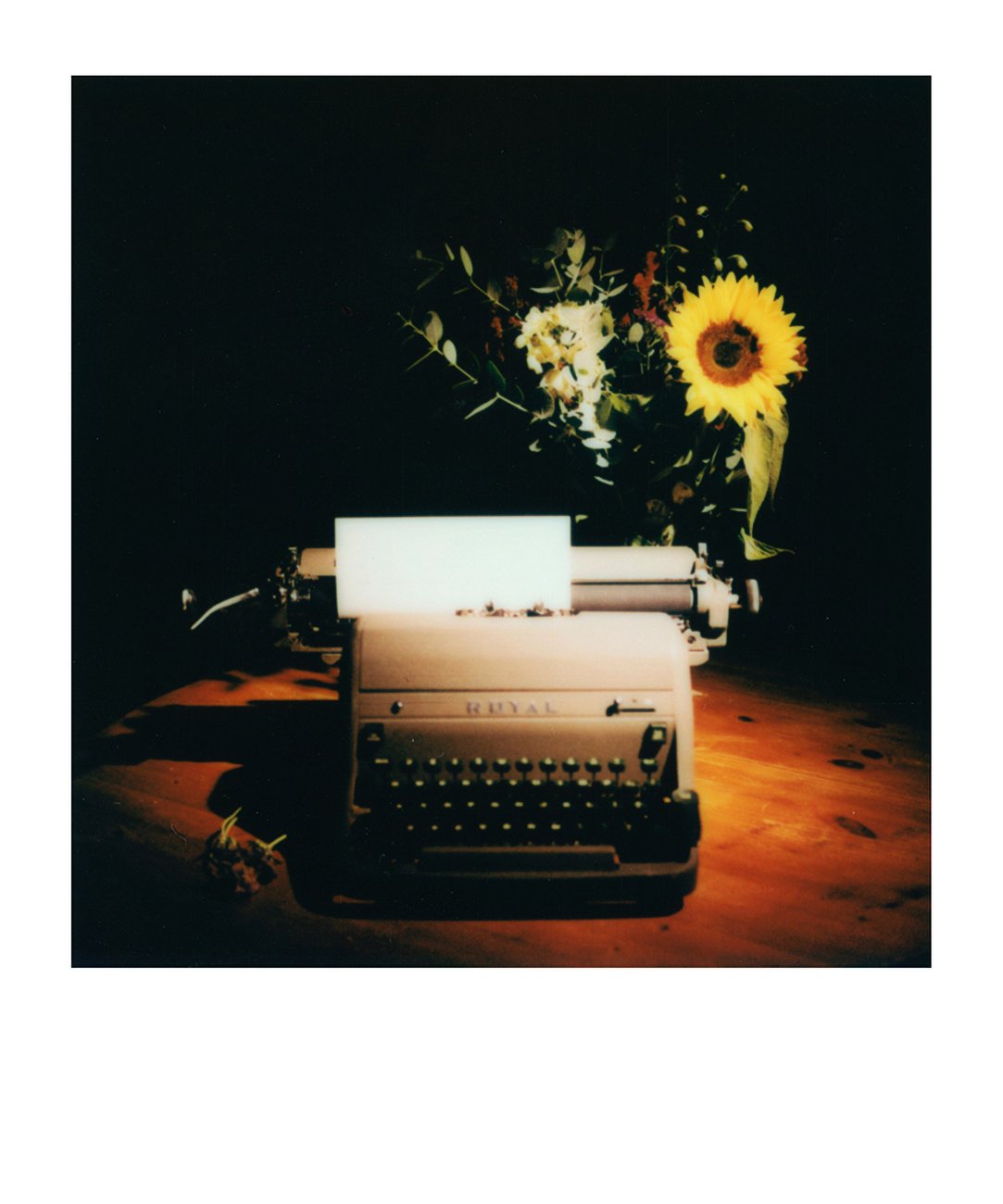Film Friday - April 19th, 2024. Polaroid SX-70 Color and B&W Film Review
You must forgive us some repetition. If you have read our Film Friday review for Polaroid 600 film, then our introductory, brief historical review of the modern revival of Polaroid film is going to be a bit familiar. But in case you did not read it there, it was relevant enough to reprint it here.
We thought we had seen the last of the SX-70 film back in 2008 when Polaroid announced they were discontinuing the film. But then a new company, formed by folk committed to resurrecting this film format, calling themselves The Impossible Project. Fast forward over a decade to today and all those Polaroid 600 and SX-70 cameras can continue to be supplied with film. It is an amazing thing, and that is why we are giving this film the Film Friday treatment.
Let’s begin by clearing up a bit of confusion. The company now known as Polaroid is not the original Polaroid company. What happened is that The Impossible Project acquired the rights to use the Polaroid name in 2017 and rebranded to become Polaroid Originals. A year or so after that they dropped “Originals” and rebranded back to the original, and recognizable, Polaroid name. The Impossible Project becomes Polaroid Originals which becomes Polaroid.
The story behind The Impossible Project is pretty remarkable. When Polaroid announced they were closing up shop in terms of film production, a trio of individuals, Florian Kaps, Marwan Saba and André Bosman formed The Impossible Project, which leased one of the old Polaroid plant buildings in The Netherlands and bought a bunch of the old equipment. They then hired ex-Polaroid engineers to help them build a replacement film for the discontinued Polaroid films. They focused on the integral films such as 600, SX-70 and Spectra. Sadly they were not able to bring back any of the pack films that Polaroid had made.
The early versions of the film were pretty awful, but Impossible Project were attempting to recreate a complex chemical process that Polaroid themselves had spent decades perfecting. Nonetheless, when those first Impossible films hit the market they quickly proved to be very ephemeral (fading out quickly), extremely finicky (you had to shield the film when it ejected or it would wash out) and highly inconsistent. But it was a start, and to Impossible’s credit they continuously revamped the film technology rolling out multiple successive generations of film. More than a bit unfairly though, those early generations of the film earned Impossible Project a negative reputation with many photographers that took years to shake and still persists even today. Photographers often talk about issues that Impossible films generated in past iterations but have since been fixed as if they are still happening. A good example of this is the shading of the ejected shots. This used to be all but mandatory or you’d lose the image. This hasn’t been an issue for some time now, yet many photographers still think it is necessary. What we are getting at, and one of the first things worth discussing with this film, is that the current product far exceeds the often low expectations placed upon it.
Here’s how we describe the current Polaroid film in general. It is not the same as original Polaroid film, nor is it a resurrected version of it. It is best thought of as its own thing. It has a bit of a vintage, faded look to it. Whereas Fuji Instax is known for crisp, bright, sharp colors, Polaroid film has a softer palette with more muted contrast. There is an element of serendipity to the film as well. It is nowhere near as inconsistent as it used to be; your results will vary from shot to shot. This is part of its charm, in our opinion. Even if the film were perfect, you’d still be running it through old Polaroid cameras that were scavenged at Goodwill or the thrift store. Embrace the element of chance that often arises when using such analog technology.
But let us turn toward SX-70 film more specifically. Technically, SX-70 is an ISO 160 film, meaning it is significantly slower than Polaroid 600 film. It is best suited for outdoor use as most SX-70 cameras don’t have electronic flashes and instead require flash bars. The typical development time for SX-70 varies between the color and b&w versions and is also affected by ambient temperature. Color has a stated development time of 10-15 minutes. The B&W version is faster with a 5-10 minute development period.
As we stated above, SX-70 film has a softer contrast, giving a slightly muted look that you can equate to a more vintage feel if you’d like. If you’d like your SX-70 to have more pop to it, try it with flash which will definitely help increase the contrast of your image as your light source itself will be more dramatic.
The real draw to shooting Polaroid SX-70 though is not the film itself but the cameras. Arguably the coolest of all Polaroid cameras are the SX-70 Land Cameras. These marvels of design and engineering rival the miracle of instant development itself. Polaroid produced a true SLR camera capable of folding up into a slim rectangle. Not only do these SX-70 Land Cameras offer through-the-lens viewing but usually they allow manual focusing of the lens as well. Later models even incorporate a sonar-driven autofocusing mechanism that can be turned on or off as needed. They are some of the coolest cameras ever made. While using Fuji Instax may give you snappier colors and contrast, there isn’t an Instax camera on the market that has the same feel and gravitas as the folding SX-70 Land Camera.
A side view of the SX-70 Land Camera. This marvel allowed true SLR viewing while also collapsing down to a thin rectangle for easy carrying.
We don’t want to take away from the experience of using SX-70 film, for it is a lot of fun to shoot, but the truth is there are a few different instant films out there and some of them offer distinct advantages compared to SX-70. Polaroid 600 for example has a higher film speed and is more versatile in different lighting conditions. Fuji Instax offers crisp, saturated images with excellent consistency and at a cheaper price. But SX-70 is where it started with Polaroid and combined with the folding Land Camera you are truly using a notable piece of photographic history. We definitely think it worth a try for every photographer once in their life… at least.
And if you interested in pairing a pack of this film up with one of those incredible cameras you can check our current stock by clicking below:
We have almost every film stock available on the market. Check it out!
If you need an excellent lab for meticulous film developing, topnotch optical prints, traditional darkroom printing and superb film scanning, we’re your lab!
Also, sign up for our weekly newsletter The Loupe and keep your eyes peeled on our social media feeds every Friday when we feature a different film and also offer it at a one day discount of 15% off!




















